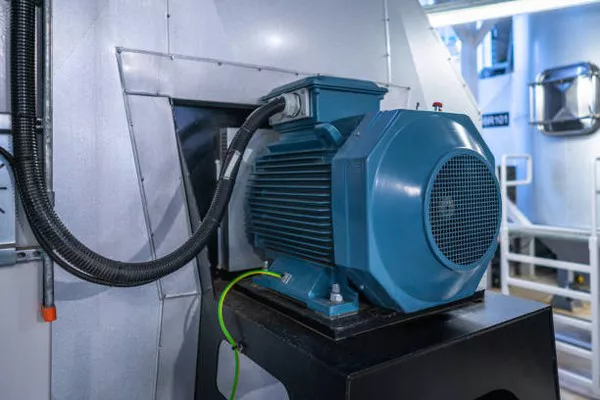Generators are invaluable tools that provide power during outages and remote locations, but using them in rainy conditions requires extra caution and preparation. Operating a generator in the rain involves unique challenges that can impact both safety and performance. In this comprehensive guide, we will delve into the crucial aspects of running a generator in wet conditions, offering expert tips, step-by-step guidelines, and safety measures to ensure a smooth and risk-free experience.
1. Understanding the Risks:
Running a generator in the rain presents potential hazards that demand awareness. Rainwater can seep into electrical components, leading to short circuits, fires, or electrocution. Moreover, wet surroundings increase the risk of slipping and falling while handling the generator. Recognizing these dangers is the first step in implementing a safe operating procedure.
Waterproof Generator Selection: When choosing a generator for rainy conditions, opt for models labeled as “rainproof” or “water-resistant.” These generators are designed with protective casing and sealed outlets to prevent water infiltration.
Safety Gear: Prioritize personal safety by wearing appropriate gear, including non-slip footwear and waterproof clothing. Rubber gloves and insulated tools can provide added protection against electric shocks.
Location Considerations: Set up the generator on a raised platform or platform to elevate it above standing water. Ensure the area is well-ventilated and offers protection from direct rainfall.
2. Preparing the Generator:
Proper preparation is key to safely operating a generator in the rain. Ensuring the generator is ready for wet conditions enhances its longevity and minimizes risks.
Covering the Generator: Invest in a rain cover or canopy specifically designed for generators. These covers shield the equipment from rain while allowing adequate ventilation to prevent overheating.
Elevating the Generator: Place the generator on a stable, elevated surface to prevent water accumulation around the unit. Avoid placing it directly on the ground, which can lead to water ingress.
Sealing Electrical Outlets: Use weather-resistant outlet covers to seal electrical outlets and connections. This prevents water from entering the outlets and causing potential electrical hazards.
Regular Maintenance: Prior to rainy seasons, ensure your generator undergoes thorough maintenance. Check for loose connections, frayed wires, and signs of wear that might exacerbate issues in wet conditions.
3. Safe Operational Procedures:
Implementing safe operating procedures is paramount when using a generator in the rain. Following these guidelines reduces the likelihood of accidents and equipment damage.
Proper Ventilation: While it’s essential to protect the generator from rain, never operate it indoors or in enclosed spaces. Generators emit carbon monoxide, a colorless and odorless gas that can accumulate and lead to serious health risks.
Dry Fuel Storage: Store extra fuel in waterproof containers to prevent water contamination. Water in the fuel can damage the generator’s engine and lead to malfunction.
Clear Exhaust Path: Ensure the exhaust system has a clear path for fumes to dissipate. Blocked exhaust can cause carbon monoxide buildup and compromise safety.
Monitoring Operation: Regularly inspect the generator while it’s running. If you notice any unusual sounds, sparks, or smoke, turn off the generator immediately and address the issue before resuming operation.
4. Emergency Response Plan:
Even with meticulous preparation, unforeseen situations can arise. Having an emergency response plan in place ensures swift action in case of accidents or equipment malfunctions.
Disconnect Power First: In case of heavy rain or electrical issues, always disconnect the generator from the power source before attempting any maintenance or adjustments.
Access to Safety Equipment: Keep a fire extinguisher and a first aid kit nearby when running a generator in wet conditions. This enables immediate response in case of fires or injuries.
Contact Professional Help: If the generator sustains water damage or malfunctions, contact a professional technician with experience in generator repair. Attempting DIY repairs can worsen the situation.
Conclusion:
Operating a generator in the rain demands a combination of awareness, preparation, and adherence to safety protocols. By understanding the risks, properly preparing the generator, following safe operational procedures, and having an emergency response plan, you can harness the power of your generator even in wet conditions. Prioritizing safety not only protects you and those around you but also ensures the longevity and reliability of your valuable generator equipment.

